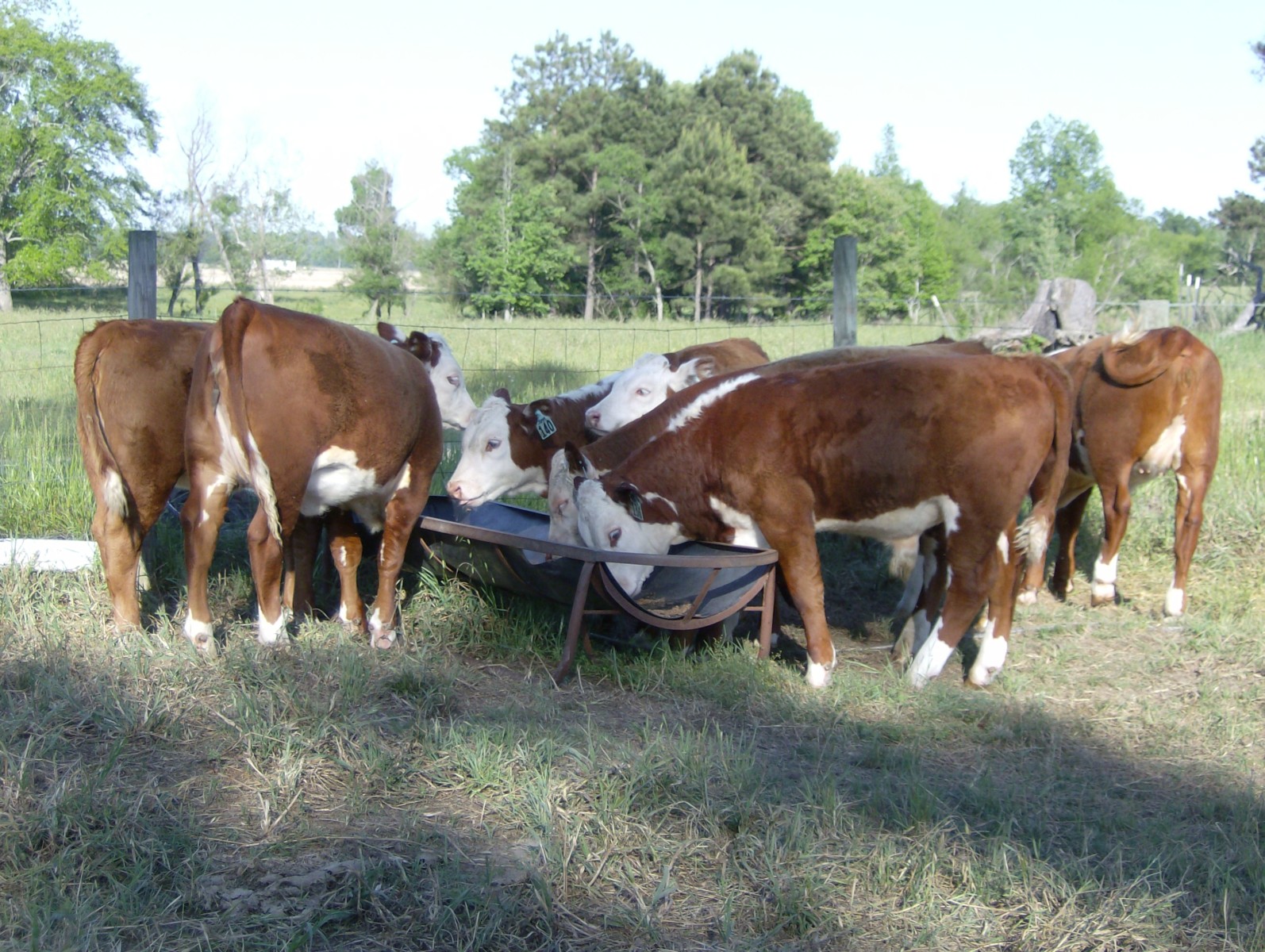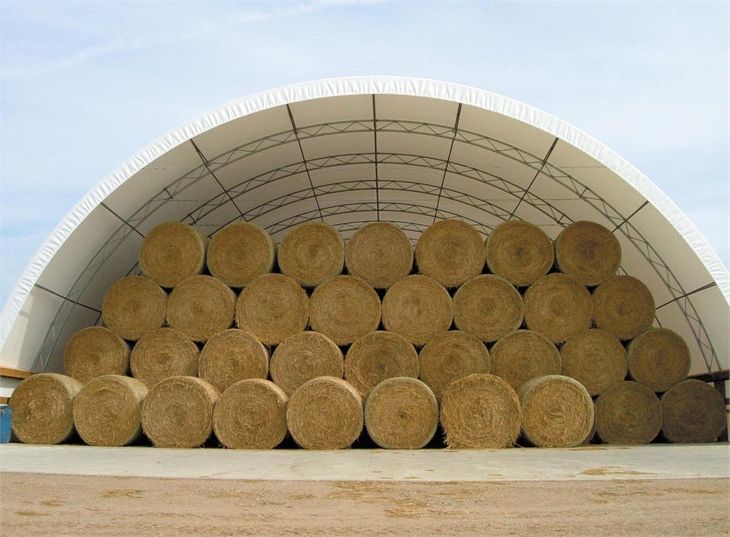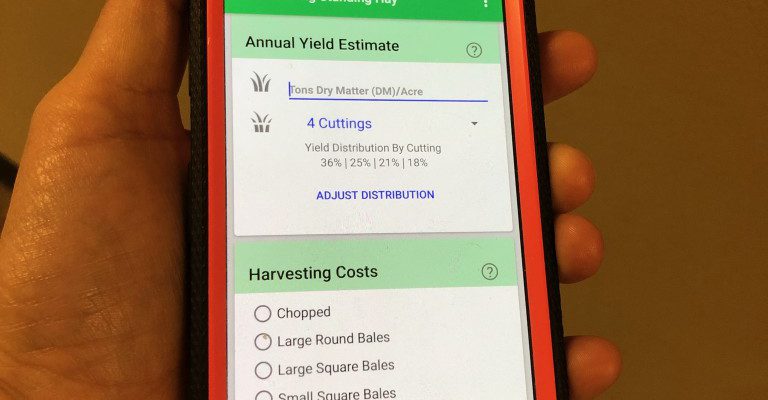hay
-
Weeds can reduce the quantity and the stand life of desirable forage plants in pastures and hayfields. Weeds also impact the aesthetic value of a pasture. Therefore, producers may choose to initiate weed management strategies that reduce the impact of weeds on forage production. The first step in effective weed control is to evaluate the…
-

I am hearing many producers say, “I am not planting winter grazing this year, seed costs and fertilizer is just too high.” My first question is, “are you sure?” To put it bluntly, this year is not the year to NOT plant winter grazing. Why? Well, your first statement is correct, input costs remain high…
-
While not always on the forefront of our mind, mold in hay can be a problem for livestock. Particularly in years like 2021, where we have had a lot of moisture and humidity during harvest. Not only did the wet summer we had increase our chances of mold, but it made producing quality hay more…
-

Baled silage, or “baleage,” is an excellent way for livestock producers to harvest, storage, and feed forage. Feeding baleage is much different than feeding hay due to the higher moisture content. This higher moisture content makes it much more susceptible to deterioration. Let’s discuss some ways to decrease waste during the feeding of your baleage.…
-
The process of preserving quality forage is an art. In this process there are factors that we cannot control, i.e. the weather, but the type of bale wrap we choose can be controlled. Many times, our choice of bale wrap comes from our personal preference or the machinery that is available. When bales are stored…
-

Did you know that according to research conducted by UGA, you can lose up to sixty percent of your hay by storing it uncovered outside? While choosing a site for your hay barns can be a challenge, these four main components can assist in making your decisions.
-

By Savannah Tanner Emanuel County CEA With over 80,000 head of horses in the state of Georgia, horse owners are looking for efficient and nutritional forage options to feed to their animals. A good rule of thumb for horse owners is that your horse should consume at least one percent of its body weight in hay or pasture daily. For a 1,200…
-

By Steve Morgan Harris CEC Hay has many benefits which makes it the most commonly used stored feed option on livestock farms. Unfortunately, a lot of money is lost each year by not investing in suitable storage options. It is estimated that the total value of hay storage and feeding losses nationwide exceed three billion…
-

By Savannah Tanner Emanuel County CEA There’s an app for that…there’s always an app for that. In the midst of an ever-increasing technology world, the agricultural industry is no stranger to smart technology. From irrigation apps to field measuring apps, we see widespread, quick, and “at the touch of a button,” farm management tools becoming…
-
By Ray Hicks Screven County CEC Forages are the basis of most of our livestock enterprises. Moreover, the nutritional make up of that forage should be the foundation of a balanced diet for our livestock but many times this is took for granted. Many factors (e.g. variety, maturity, growing conditions, handling practices, etc.) affect forage…
Posted in: Hay